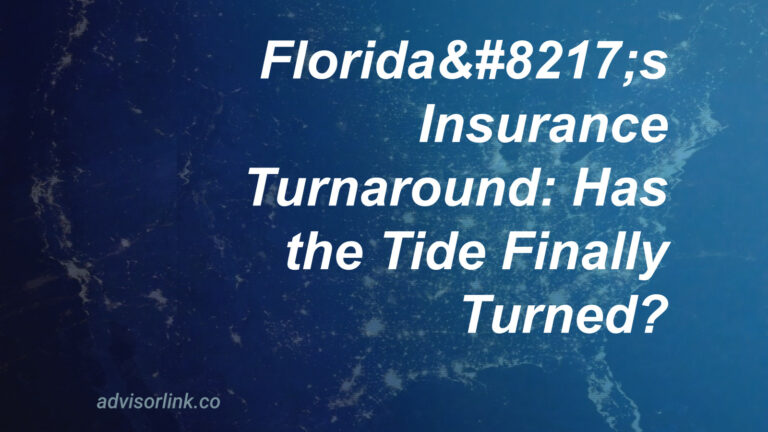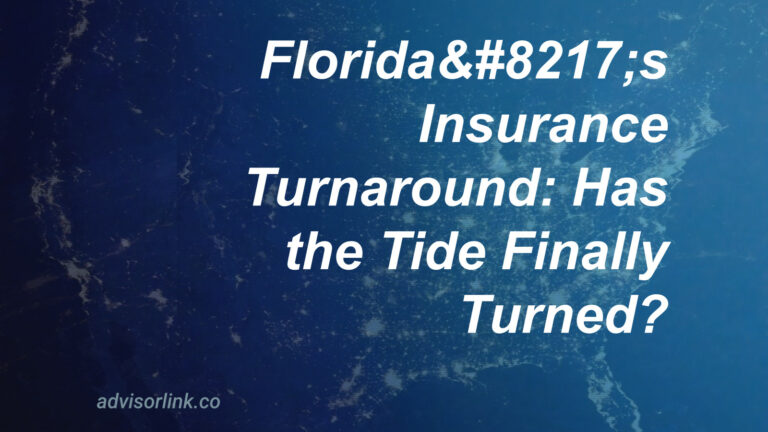# California’s Insurance Market: A House of Cards?
Story Overview: Is California’s insurance market teetering on the brink, strained by the relentless march of wildfires? The answer, friends, is a stark and unsettling yes. Homeowners are increasingly turning to the California FAIR Plan, that insurer of last resort, as some of the biggest players, like State Farm, pull up stakes and head for safer ground. A recent court ruling, muddling the definition of “direct physical loss or damage,” adds another layer of uncertainty to an already precarious situation.
1. Policy Cancellations and FAIR Plan Reliance: Are We Witnessing a Retreat?
State Farm, a name once synonymous with stability, has pulled the plug on over 1,600 policies in the Pacific Palisades and more than 2,000 in other Los Angeles neighborhoods [2]. This, my friends, is not an isolated incident. It’s part of a wider exodus, a retreat from the very areas where homeowners most desperately need coverage. This leaves Californians with a stark choice: scramble for increasingly expensive and sometimes limited coverage or rely on the California FAIR Plan. But is it enough? The FAIR Plan, while offering a lifeline, does so at a cost, often with higher premiums and sometimes narrower coverage [2]. This is not a situation where the public is being properly supported, not when the cost of protection is more than the means of the average homeowner.
2. Court Ruling on Wildfire Debris: Is Justice Served?
A California appeals court has delivered a decision that will impact homeowners struggling to recover from wildfire losses: Wildfire debris, they’ve ruled, doesn’t automatically qualify as “direct physical loss or damage” [1, 3]. This is a matter of legal interpretation that will greatly impact the insurance claim payout. How can a homeowner be compensated for the ash and soot, the remnants of their lives? This ruling could mean more heartache and red tape for those already suffering from devastation. This is, without question, another blow to homeowners who have already suffered.
3. Financial and Regulatory Developments: Will This Help?
Is the state stepping in to stem the tide? The FAIR Plan has been granted a $1 billion assessment, meant to keep it solvent and able to meet claims from recent wildfires [1, 3]. This is a significant sum. New regulations are being implemented to encourage or compel insurers to provide coverage in high-risk areas [2]. But these are mere bandages on a gaping wound. Will these measures be enough? It remains to be seen, but it’s clear, that the deck is stacked against the average person. Premiums could be raised, as they have been time and again.
4. National Implications: Is California a Warning Sign?
Is this crisis confined to California? Sadly, no. Climate-related risks are affecting homeowners and businesses across the nation [2]. We are seeing a preview of what is in store for Florida and Louisiana. The insurance challenges in California are, sadly, a harbinger of a broader national problem, a crisis born of a changing climate. We need to pay heed, because we have the opportunity to adapt to the reality that we have created.
### Common Errors & Misconceptions:
Is it true that all insurance policies are the same?
No, that is simply not true. Insurance policies are varied, and homeowners need to review what they’re agreeing to.
Is the FAIR Plan the cheapest option?
No, it isn’t always. Understand the terms, and be sure what you’re agreeing to.
Is wildfire mitigation of any value?
Yes. It is a mistake to think that the homeowner is helpless. Every action counts.
What if my claim is denied?
You need to read the policy, and if it is denied, take action.
Is it possible to just trust the insurance policy?
No, read the policy. Never assume.
Disclaimer: General Information & Accuracy
This blog provides general information and discussions about insurance and related subjects for informational purposes only. It is not intended as professional advice, including but not limited to financial, legal, or medical advice. We strive for accuracy, but laws, regulations, information, and best practices constantly evolve, and unintentional errors can occur. Therefore, we make no warranties about the completeness, accuracy, reliability, or suitability of the blog content. Always consult with a qualified professional for advice tailored to your specific situation. Any reliance you place on this information is strictly at your own risk.




